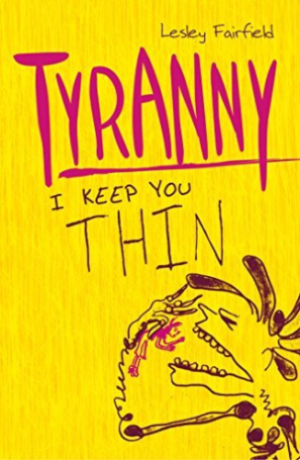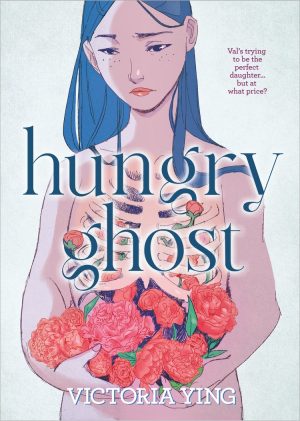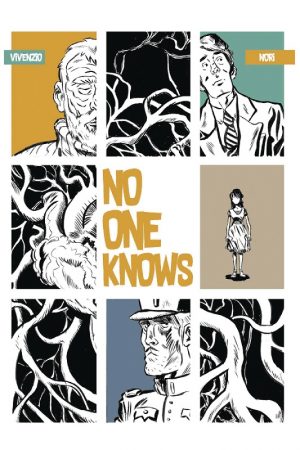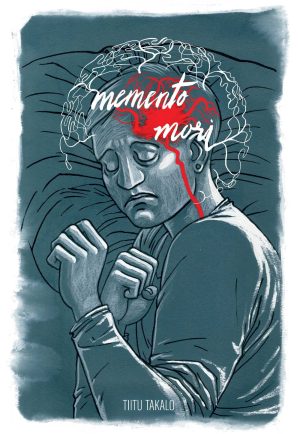Review by Frank Plowright
It’s a rare child in the Western world who doesn’t at least go through a fussy stage with food. With most it’s a passing phase, but with a few it can develop into obsessional disorder, which is the path it took with Katie Green, although not for some while. A very telling early scene shows her wider family having a meal together and so many of them querying the food on their plate.
Childhood was a continuing pleasure other than having to clear her plate, but adolescence was more problematical, although by this time an appetite had developed and the teenage Katie was the envy of her friends for being able to eat consistently without putting on weight. Yet that’s accompanied by continual self-doubt exacerbated by bullying and offhand comments.
It’s almost a meta joke that Lighter Than My Shadow contradicts its title by being a bulky monster of a graphic novel weighing in at over five hundred pages, yet they’re entirely necessary. For the point to be made about the mental illness of eating disorder it has to be established that despite the taunting, tormenting and bullying commonly experienced by teenagers, Katie’s was a relatively normal adolescence. The onset of illness was gradual and initially seen as sensible avoidance of junk food. However, that’s followed by obsessive calorie counting, examinations in the mirror and skipping meals until her parents notice the pattern.
Green illustrates her growing condition via scribbled continuous lines forming black clouds of increasing size hovering over her head, and repeated visual sequences accentuate the pattern her life takes. A simplicity applies to the art, but not to the circumstances, which are beyond the total comprehension of anyone who hasn’t experienced the same, so Green has a nice line in visual allegory, an example being the gaping mouth drawn in her stomach. When attempting to explain to her parents, her method is to draw a monster whispering in her ear and controlling her. Through scenes of discussions with therapists, though, articulation isn’t as problematical, and the contradiction of her behaviour with the necessity to eat is self-evident. Once again, the repetition serves to emphasise the dead ends of treatment and the difficulties of adhering to a recovery regime.
After a considerable period of distress, progress seems on the agenda via an alternative therapist named Jake encouraging Katie to take control of her own life, but a different kind of cloud hangs over him. He’s skilfully portrayed as someone whose intentions are seemingly good, yet still with an aura of doubt about him.
There have been other graphic novels dealing with eating disorders (see recommendations), but Lighter Than My Shadow is the gold standard. It’s emotionally harrowing in transmitting exactly how an inner voice can drown out rationality and block hearing while promoting life-threatening self-disgust, yet also, as the introduction hopes, almost an instruction manual. At the very least it’s a proof of not being alone, and for some that will be priceless.





